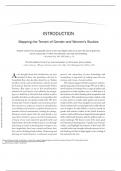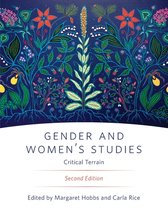Other
Gender and Women's Studies, Second Edition: Critical Terrain
ender and Women’s Studies provides an essential introduction to key issues, approaches, and concerns of the field. This comprehensive anthology celebrates a diversity of influential feminist thought on a broad range of topics using analyses sensitive to the intersections of gender, race, class, a...
[Show more]




